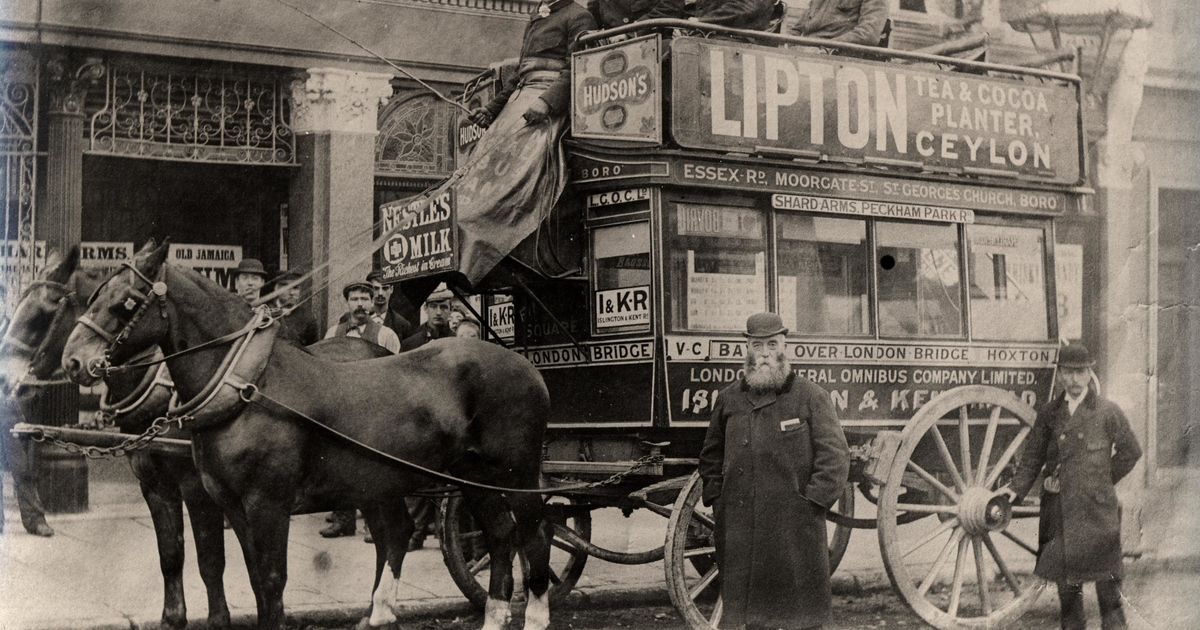A Horse-Drawn Bus from the 1890s

The horse-drawn bus of the 1890s was an integral part of public transportation during the late 19th century. At a time when cities were rapidly expanding, these buses provided a practical way for people to travel across town, before the advent of motorized vehicles. With horse-drawn buses being pulled by two or more horses, they could carry multiple passengers and offered a glimpse into a time when transportation was more about patience and endurance.
The Rise of the Horse-Drawn Bus

During the 19th century, as urban areas grew, the need for public transportation became more pressing. Horse-drawn buses first emerged as a solution to carry passengers on fixed routes. The innovation spread quickly, with large cities like London and Paris embracing the concept. These buses were typically made from wood and metal, and their size varied depending on the city’s needs. Passengers would climb aboard using steps on the side, and there was often seating both inside and on top of the bus, giving a panoramic view of the city.
The Experience of Riding a Horse-Drawn Bus

Riding a horse-drawn bus in the 1890s was a unique experience, quite unlike modern transportation. Passengers could hear the rhythmic clopping of the horses’ hooves on cobblestone streets as they slowly made their way from stop to stop. The buses were often crowded, and the journey was sometimes bumpy, but it offered a chance for social interaction. This slower pace of travel made the journey itself an event, rather than just a means to get from point A to point B.
Legacy of the Horse-Drawn Bus

Today, the horse-drawn bus is a symbol of a bygone era, often showcased in museums and historical reenactments. While their time as a dominant form of public transportation has long passed, the impact of these buses is still felt. They paved the way for modern public transport systems, laying the foundation for buses, trams, and subways that we use today. Their slow, methodical journeys through the bustling streets of the 1890s serve as a reminder of the evolution of urban transportation.